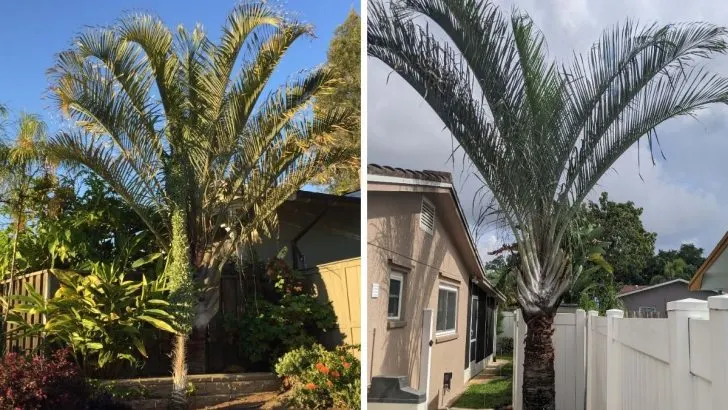A triangle palm tree might be your new favorite palm tree. With its unique triangular shape, it presents one of the most interesting palms in the world
Today we’re going to talk about the care guide of a triangle palm and the growing habits of this three-sided palm.
What makes this unique palm so special and is it hard to grow it in your garden? We will focus on that today. Once we’re done, you’ll be so excited to purchase this palm for your home too.
Let’s learn its care guide, botanical features, and much more about the triangle palm below.
About Triangle Palms

Neodypsis decaryi is an amazing unique plant of Madagascar. Its unusual trunk will leave everyone amazed. Triangle palm is considered to be one of the low-maintenance palm trees. It needs good drainage, sand soil, and full sun with a bit of partial shade.
Just like other tropical plants, it does have some things you should think about in detail. We will discuss that below. But now, we present to you its botanic features. Let’s check them out.
- Moderate origin: Madagascar, Mexico, South America, loves full sun and partial shade, light shade, well-drained soils, a bit drought tolerant as well (just like 80% of other palms)
- Scientific name: neodypsis decaryi, dypsis decaryi
- Family: Arecaceae
- Leaf shape: overlapping leaf bases, fallen fronds, and olive-blue green leaves form a triangle shape, gray-green color in autumn, leaves create three distinct points, three distinct sides remind of a triangle and form its unique shape, lower leaves are yellow-green
- Flower shape: white flowers, trumpet-shaped
- Use: landscape plant, ornamental palm tree due to its unusual shape
- Toxicity: non-toxic
- Growth rate: fast-growing palm trees
- Wildlife: insects, some birds
- Hardy zone: it can stand cold temperatures both as extreme heat, 8-11
How Tall Do Triangle Palms Get?
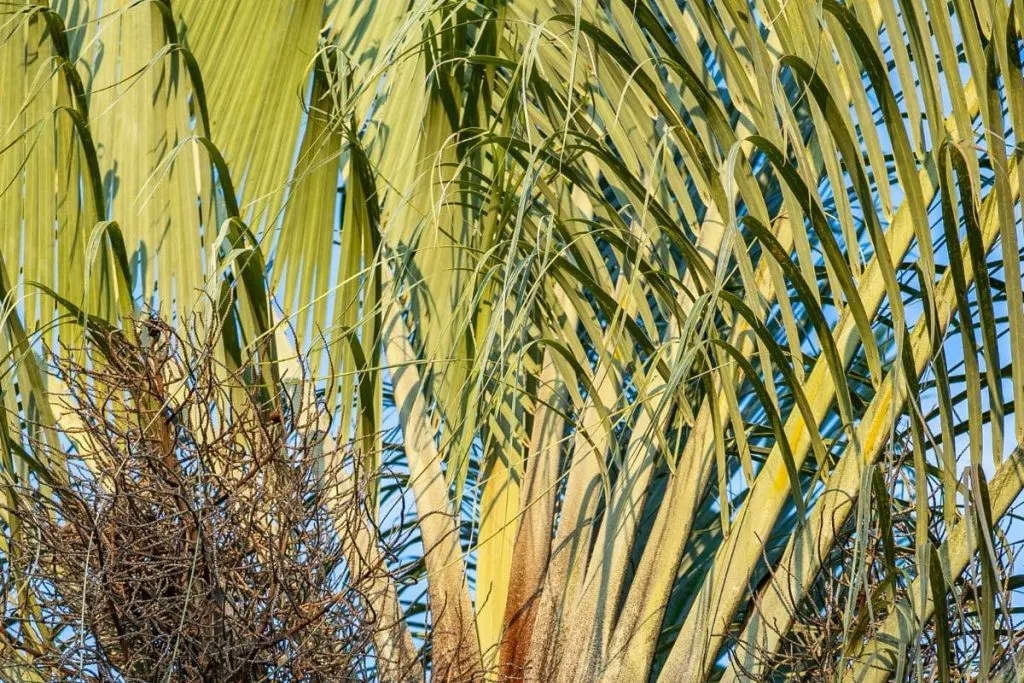
Under ideal growing conditions and in its natural habitat, this plant grows up to 30 feet tall. Don’t be harsh on yourself if your palm tree reaches 20 feet. As long as your palm tree looks healthy, you have no reason to worry about other things.
Some palm trees are just not meant to be tall. Provide them with good growing conditions, and they will remain on the palm tree and in nature.
Care Guide For A Triangle Palm Tree

In order to properly take care of this beautiful plant, below we bring you a care guide for this palm tree.
Learn what kind of light this palm tree needs, what type of soil, what fertilizer, and all the other little things. Let’s learn more about it in detail.
Light Needs

The light needs of most palm trees are very simple. For growth and good success, it will need at least 3-4 hours of sun.
We are talking about direct exposure to the sun. Therefore, it is best to plant it in a part of the garden where the sun reaches the garden very early.
In such conditions, with bright light or partial shade in the afternoon, the plant will grow excellently. In full shade, the plant will have slow growth.
Watering Schedule

These palms tolerate dry periods well. However, more water will be needed during the active period of flowering and flower formation. This means that it is best to water it in the morning every 8-9 days.
After that, when the season is closer to autumn and winter, reduce that watering to every 2 weeks without remorse.
When it comes to the type of water, this palm tree is not picky at all. Similar watering schedule has a pineapple palm tree and an areca palm tree.
Soil Type And Fertilizer
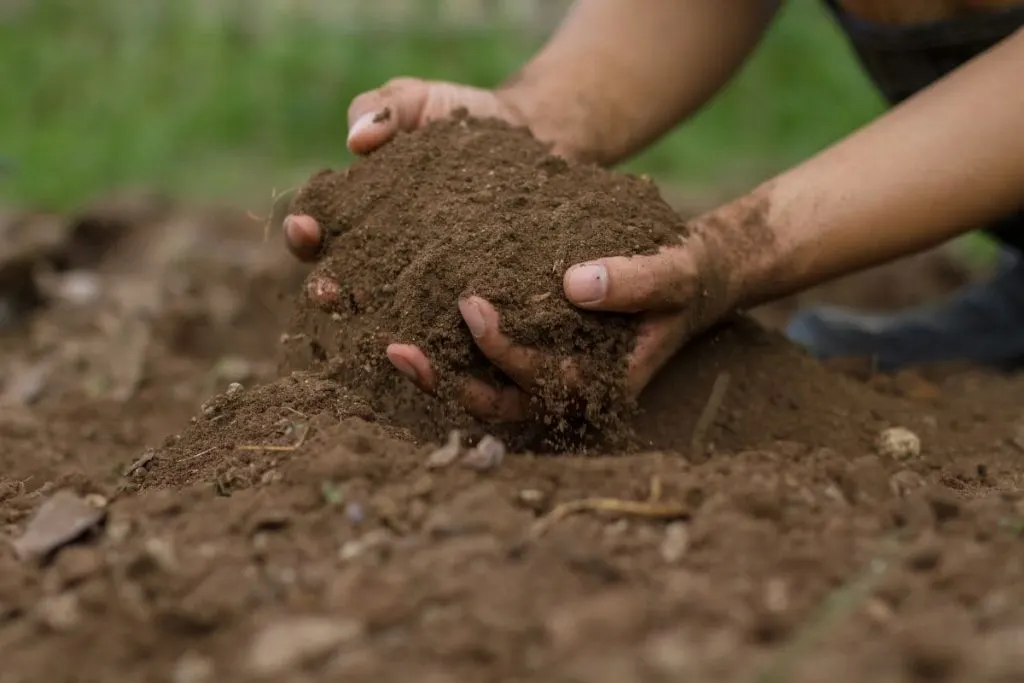
Triangle palms are best suited to heavy sandy soil, clay, or loam. The soil must be very well drained for successful growth.
This palm tree will grow well in both alkaline and moderately saline soil, but excessive soil salinity can have a negative effect on the fruits.
Therefore, when buying soil, pay attention to salt, as well as the pH value of the soil, since these palms do not like very acidic soil.
It is best to fertilize these palms with palm fertilizers. These are fertilizers 2-3-1 or some other fertilizers that you find in the store. Do not use granular fertilizers for this palm.
Temperature And Humidity
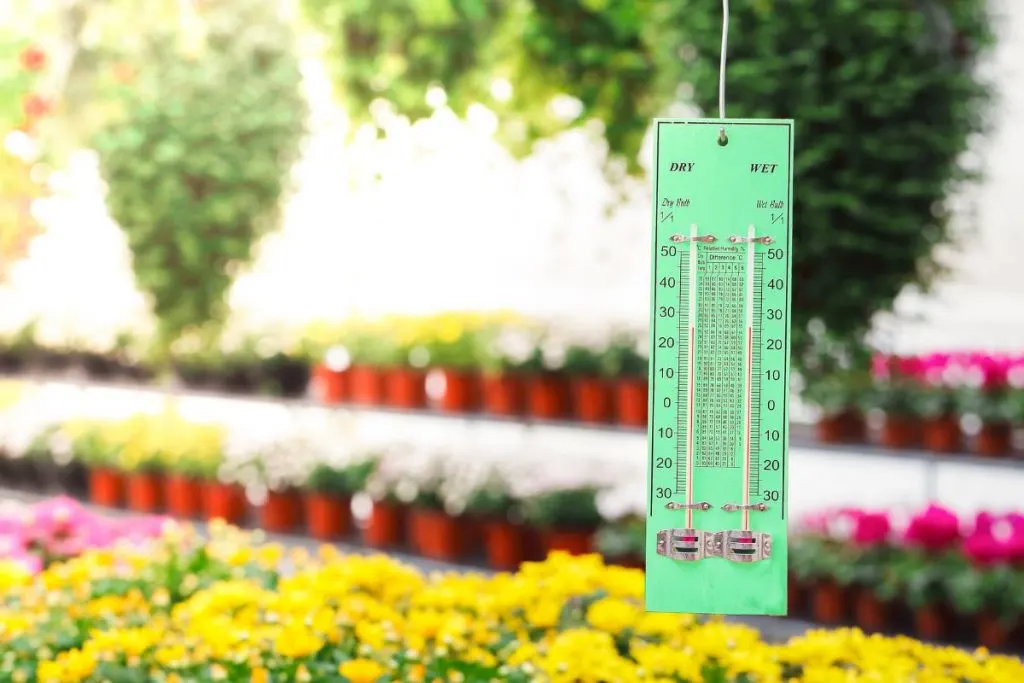
Palm trees are best grown in areas where the temperature does not go below zero degrees. This is the temperature under which the palm tree simply cannot grow very well. But it can certainly withstand cold temperatures.
It won’t look as ideal and brilliant as in warm climates, but it will grow. The best temperature ratio for this wood is between 65 and 75 degrees Fahrenheit.
In such conditions, this palm tree will grow excellently. When flowering and developing, the temperature should then be above 60 degrees Fahrenheit.
Cooler temperatures are fine if the tree is in a dormant state. Air humidity is very important. If the humidity is not over 40%, it could be fatal for your plant. In the conditions where this palm tree comes from, the humidity is around 60-70% all the time.
Pruning And Propagation

Propagation of the triangle palm tree is done in the spring months by sowing seeds or by transplanting plants that grow next to the main plant in the summer months.
Triangle palms need warmth until they are well rooted. If you want to grow this palm tree inside the house where the winters are colder, plant them in pots so you can return them to the garden in the summer months.
You can also transfer them to the conservatory or the house in the winter. Prune when you notice damage to the palm tree. In addition, pruning is not necessary for this palm tree.
Final Thoughts
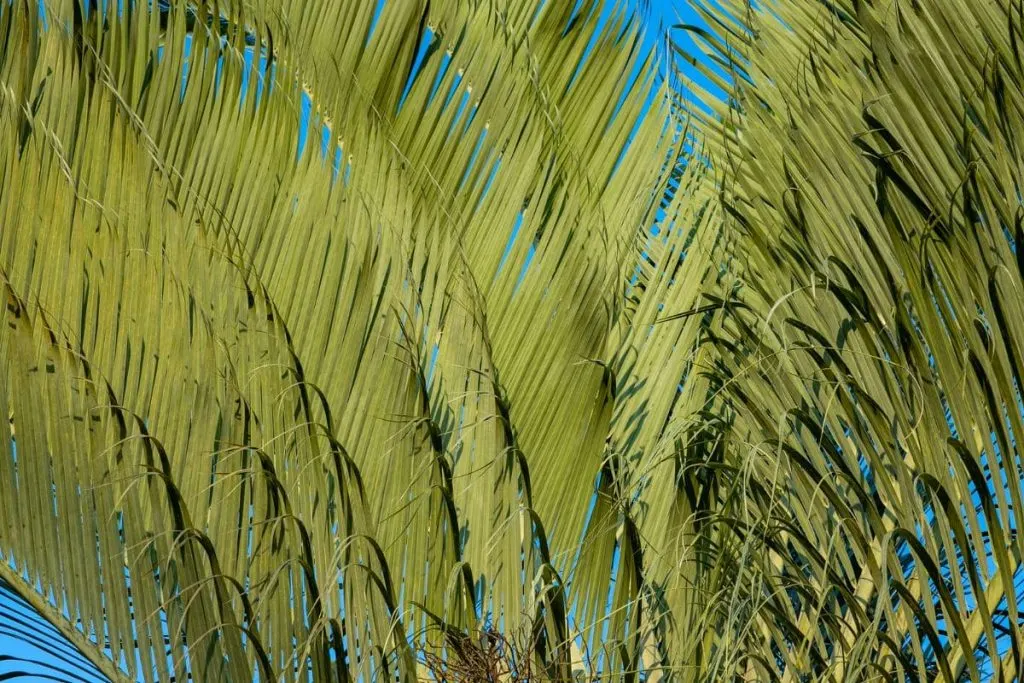
How did you like our article about triangle palm dret today? Does this palm tree seem suitable for growing in your garden?
I think you could conclude that taking care of her is not difficult at all. You only need goodwill, and good soil and nature already offer the rest. If you’re a fan of unusual palms, make sure you check foxtail palm as well.
Its planting period is approaching soon, so it would be good if you already think about getting this plant. It’s not very common in flower markets, so it might be the only “hard” thing to do.
The rest is just routine and your goodwill. We hope you enjoyed today’s article and really learned some useful tips.
Thank you for your trust. See you soon with more similar topics.

